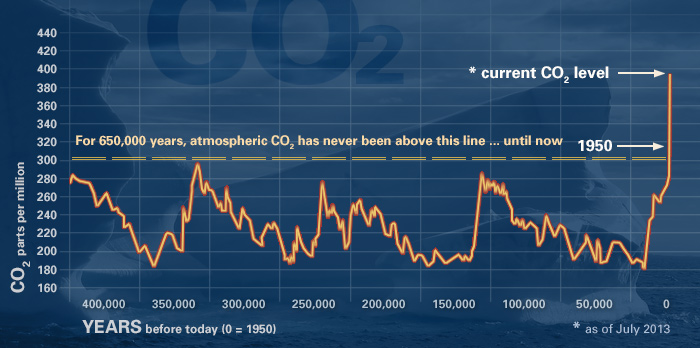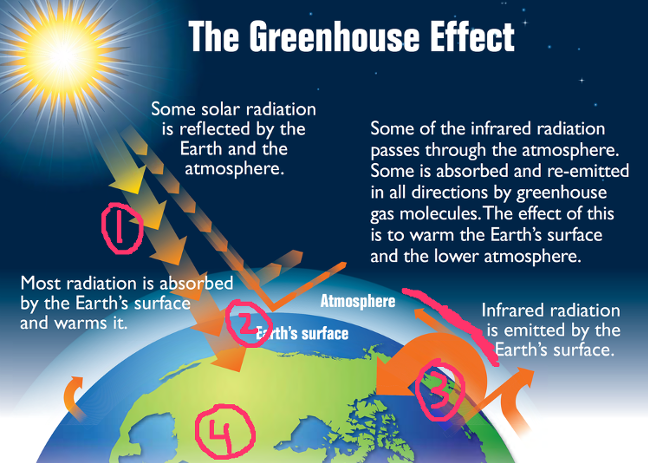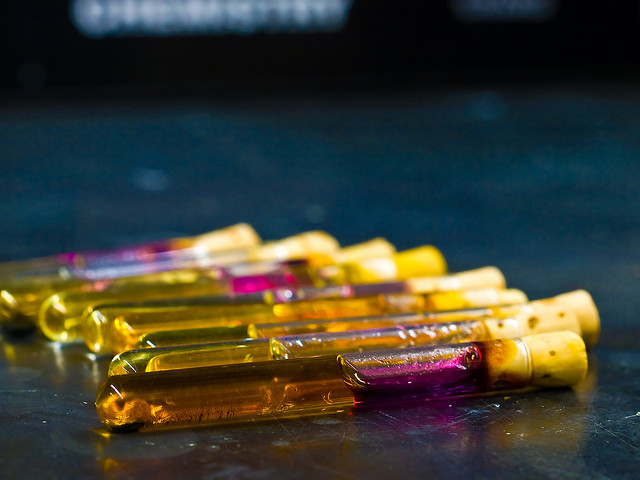The Science of Global Warming

Photo Credit: schoeband
80 degrees in April? Global warming! It’s a common trope nowadays to throw in the climate change bomb in any conversation relating to warm weather—though not many of these bombardiers can accurately explain how the greenhouse effect actually warms the earth. In this article, I attempt to shed some light on the science of global warming and hopefully it gets you thinking about your effect on the environment.
How Do Greenhouses Work?
To understand the greenhouse effect, we should first consider the structures from which the name derives. If you step inside a greenhouse, you notice that the enclosed atmosphere is much warmer than it is outside the glass. This effect is observed even without the use of additional electric heaters. This process can be explained fairly simply using the diagram below.
- High frequency, powerful sunrays shine through the glass
- The plants, the ground, and everything else in the greenhouse absorb some of the light and reflect the rest.
- The reflected rays are lower frequency and less powerful and thus have trouble escaping out through the glass.
- Because those reflected rays are kept inside the greenhouse, the overall temperature rises.
Keep this process in mind as we continue to explore how the greenhouse effect pervades your world.
What Comes Out of Your Car’s Exhaust Pipe and Why it Matters
The phenomenon of combustion deserves a blog post of its own, so I’m going to stick with the basics.
Oil and natural gas are high-energy hydrocarbons, which when ignited by a spark of fire react with the oxygen in the air in a big explosion. Your engine then harnesses that energy for your road trips. However, the explosions also have an important gaseous byproduct: carbon dioxide.
Normally harmless and a common waste product of animal metabolism, CO2 is a food source for green plants. We have a friendly relationship with them in this regard: we receive the oxygen plants produce in exchange for the CO2 we breathe out. It was during the industrial revolution when oil was dug up to feed the insatiable appetite of machines and the humans that build them.Atmospheric CO2 levels shot up to a point not seen since…ever (look at diagram below for NASA’s calculations).But how does all of this information come together?

Photo Credit: NASA
Well that gas coming out of your car is actually mimicking the glass in the greenhouse. CO2 acts to prevent the sun’s rays bounce back into space, effectively keeping them inside our atmosphere and raising global temperatures. That greenhouse is the Earth. And those warm and cozy plants are you, me, and all other living things that share this land with us.





No comments